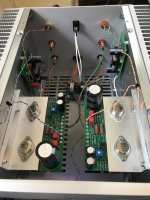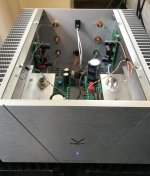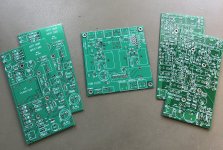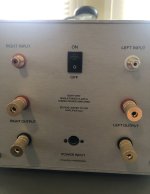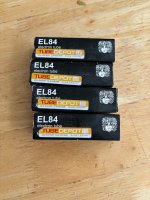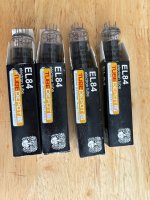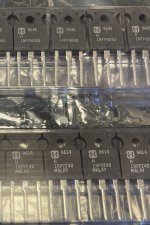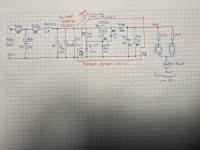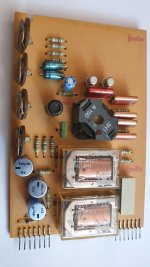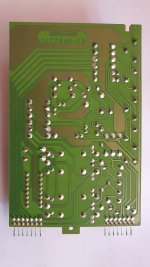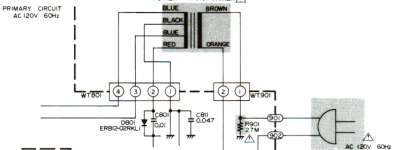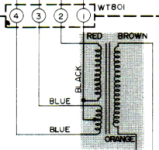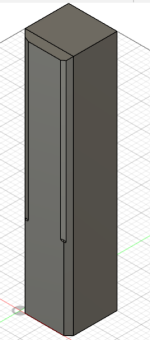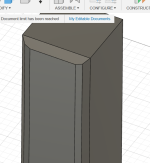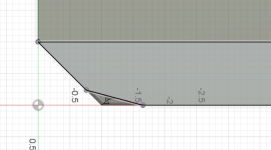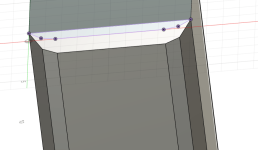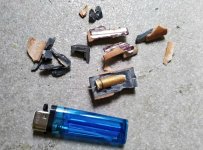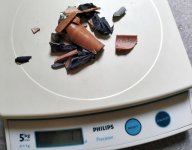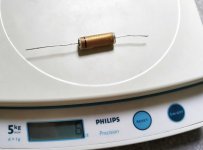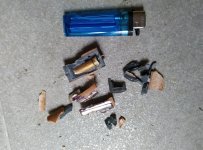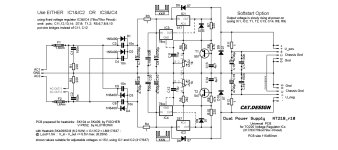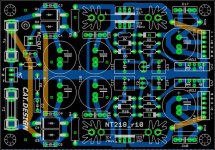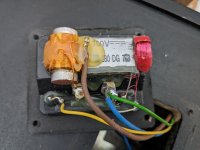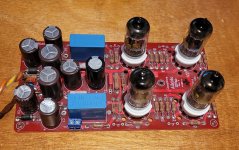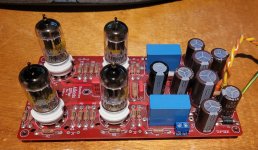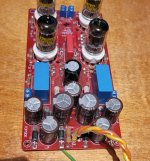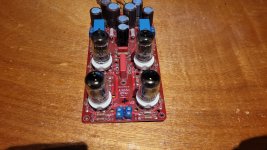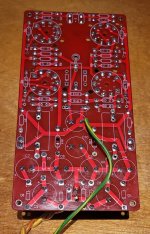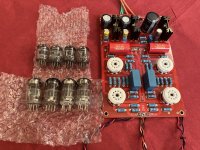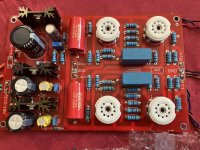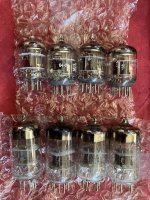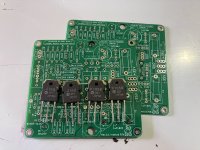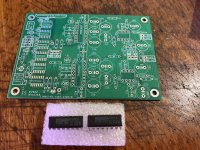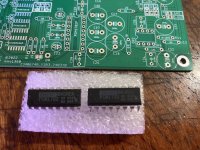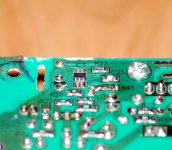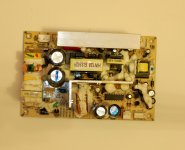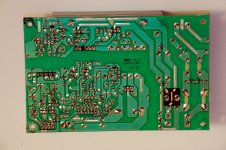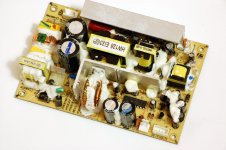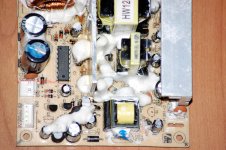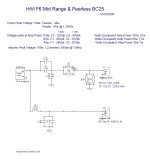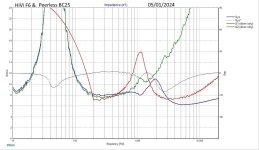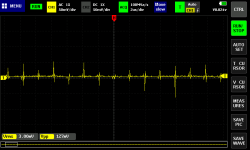Hey everyone,
I’m starting the process of designing and building a sound system for a venue which I’m opening - we’re a 400 capacity warehouse, mostly doing dance music of various genres (as we hire out to different promoters we’ll be having pretty much every sub genre, house, techno, bass, garage etc)
I’m starting with the subwoofers (we’ve got a pair of RCF tt25a II on mid/high duty for now) and having spent a while reading on the forums and facebook groups i’m a bit overwhelmed by the options in terms of designs, and was hoping to get some advice from the collective brains to point me in the right direction.
In terms of our priorities, transient response and extension down to say 35 hz are at the top. Size is not so much an issue since we won’t be moving them around. Maximum SPL / efficiency is also not a huge priority given our venue has a limited capacity anyway and we don’t plan on scaling up. Let’s pretend also that budget isn’t a big problem for now as I’m willing to save up in order to get the right sound. We haven’t purchased amps yet so will scale our amp power to the design we go for.
Given these parameters, my question is what sub design principle should I be looking at?
I’ve narrowed it down probably to either a TH, bass reflex or paraflex design. FLHs are probably a bit beyond my capacity as a woodworker, though if they’re absolutely the right option i would figure it out.
for BR, I’m looking at Scott Hinsons double 18 design -
https://www.facebook.com/share/p/6ngWaXTJrFypcyMu/?
I’m thinking there’s a reason the double 18 has been a classic for ages and maybe it’s best to stick to something tried and true instead of going for something advanced? If it’s a matter of building more BR cabs and loading them with generous amounts of amp to get the right sound, is that a good strategy? For TH, I’m considering the Keystones, and for paraflex probably the C2E golden formular. I understand the more complex designs beat out the BR in terms of efficiency but is there any other benefit to them?
Any and all advice appreciated, and I’m happy to clarify with further info if needed. Thanks!
